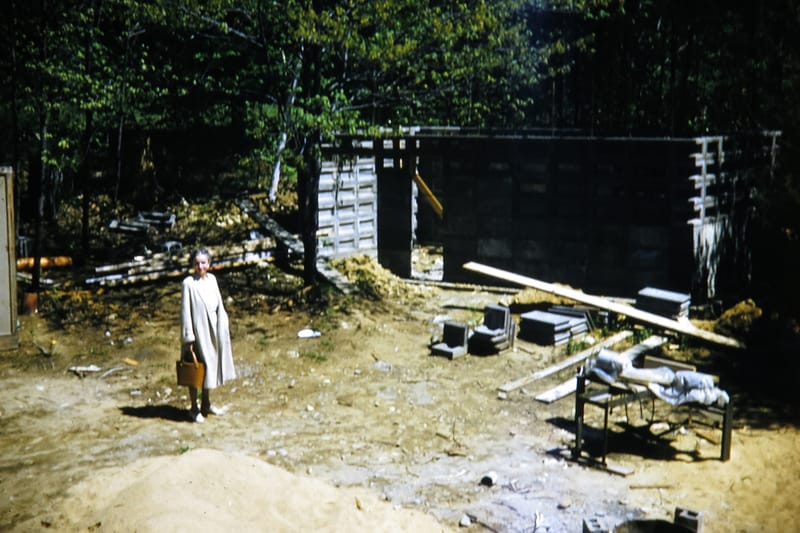Look up: Planets parade across the sky
Clear skies at sunset Sat & Sun should allow great viewing of all the planets in the solar system!


Over the next few evenings, all the planets in the solar system will be visible in the night sky at the same time. And here in southern New Hampshire we’re forecast to have clear skies at sunset on Saturday and Sunday, potentially providing some fantastic viewing.
This rare occurrence (the next one will happen nine years from now, in 2034) is called a planetary alignment, or sometimes a planetary parade. “Parade” definitely has a nice ring, conjuring images of the planets each riding in an open-topped convertible, tossing out candy to cheering children. Ah, we do need our fantasies these days!
Below is an image depicting the arrangement of the planets in the sky, as seen from New Hampshire. Should be similar for all of North America, and for the next few days. The image shows positions just at sunset. Jupiter lies slightly beyond the top edge of the image. The horizon is at the bottom of the image, along with West & SouthWest markers. The approximate path of the planets is shown in dim blue. (Venus deviates a bit because its orbit is slightly inclined relative to the others.)

All the planets (including Earth) orbit the sun almost in a single plane, a bit like marbles rolling around a basketball on the floor. Imagine you’re sitting on one of those marbles (let’s say a blue one). Most of the time, not all of the other marbles would be within your field of view – some would be in front of you, while others would be behind you. But occasionally, all the other marbles would roll around to be in front of you, with the sun just a bit off to one side. That’s the kind of arrangement that makes for a planetary parade. Once the basketball (the sun) moves a bit more, below the horizon, the sky begins to dim and we can start to see the marbles – er, planets.
Like all analogies, that one’s imperfect, but hopefully it’s at least a bit helpful.
Below is he image from above, but adjusted a bit to show Jupiter. In this one the sun and the horizon are just a bit below the bottom edge of the image.

Some of the planets will be brighter than others. Venus and Jupiter will be the brightest. Venus never moves too far from the sun, while Jupiter will sometimes be completely opposite the sun. Two of the planets, Uranus and Neptune, are too dim to be seen with the naked eye, though binoculars or a small telescope will show them. Below are the planets ordered by brightness.

Note: several of the images for this article came from TheSkyLive.com, a fantastic interactive website. Warning, the 3D interactive solar system is positively addictive!
I hope you all get out and catch some great views of the stellar candy offered by this parade!





